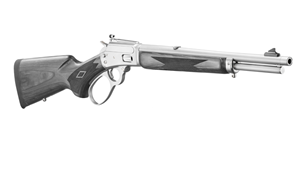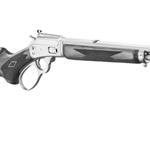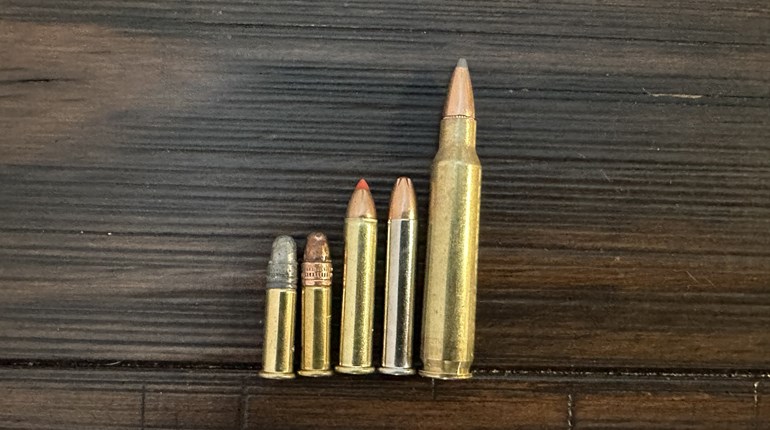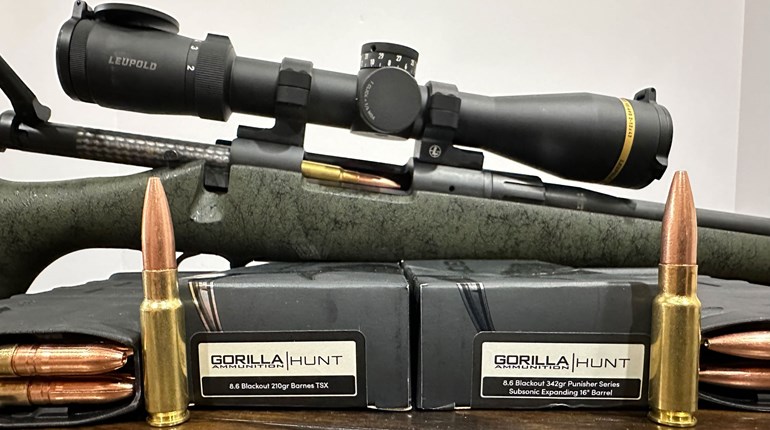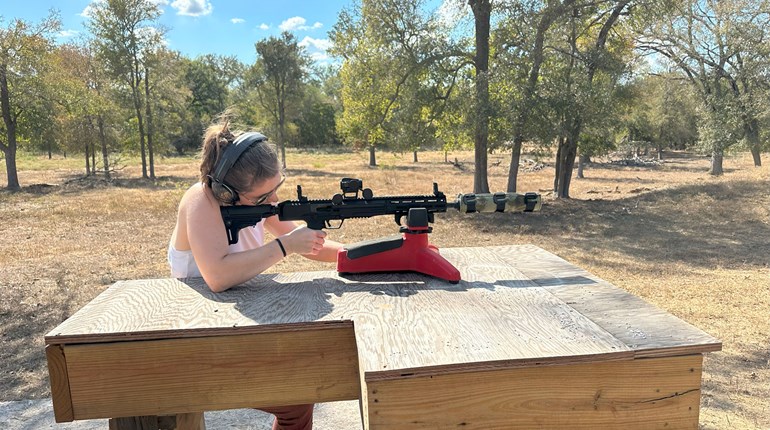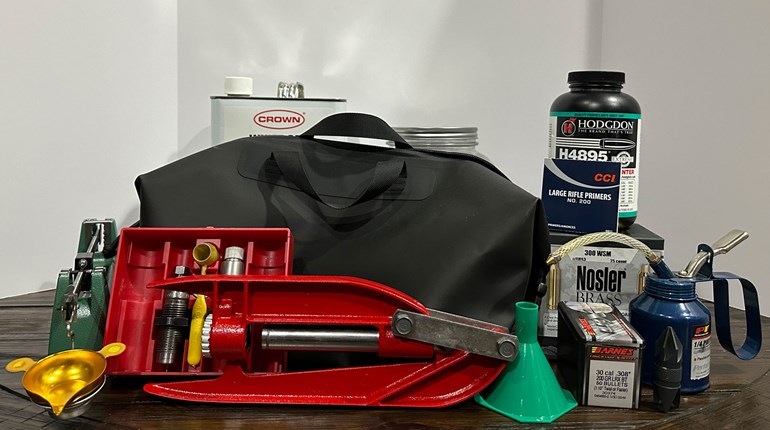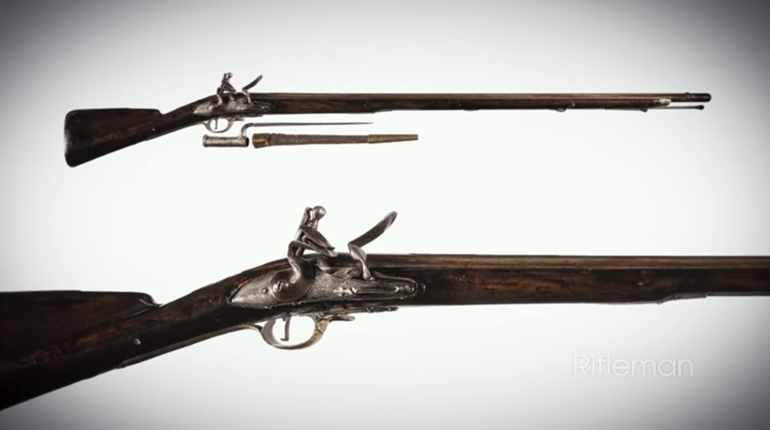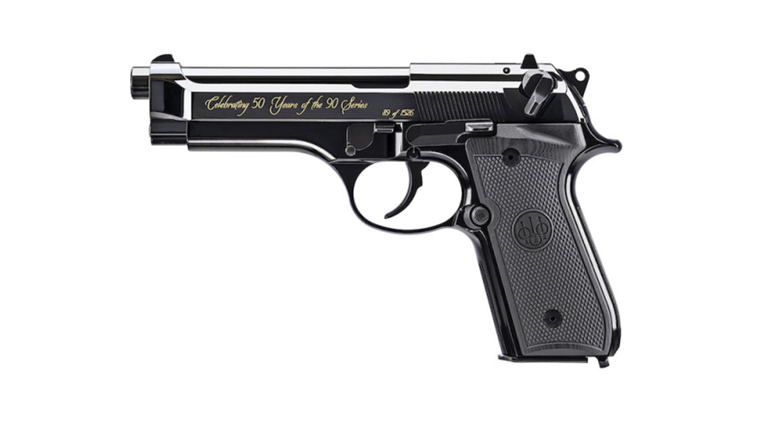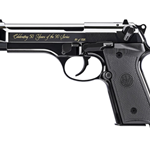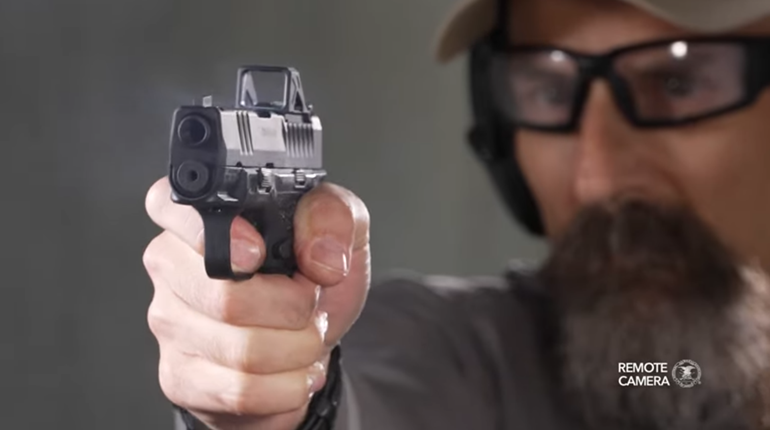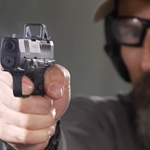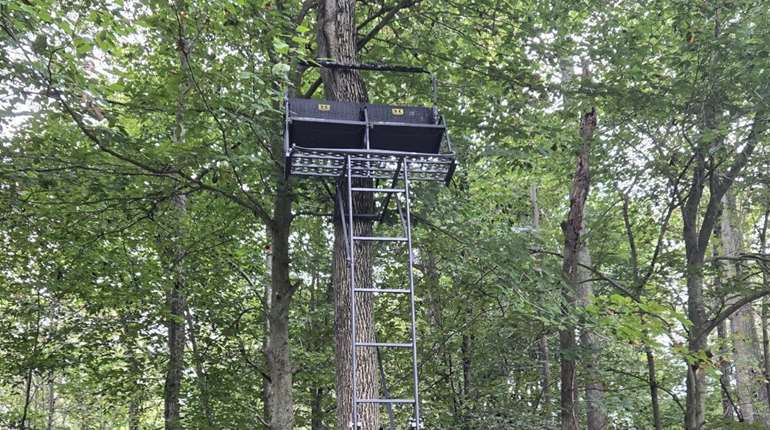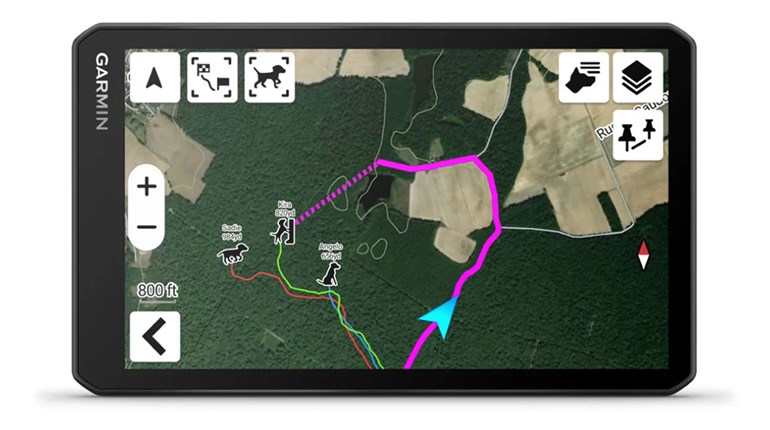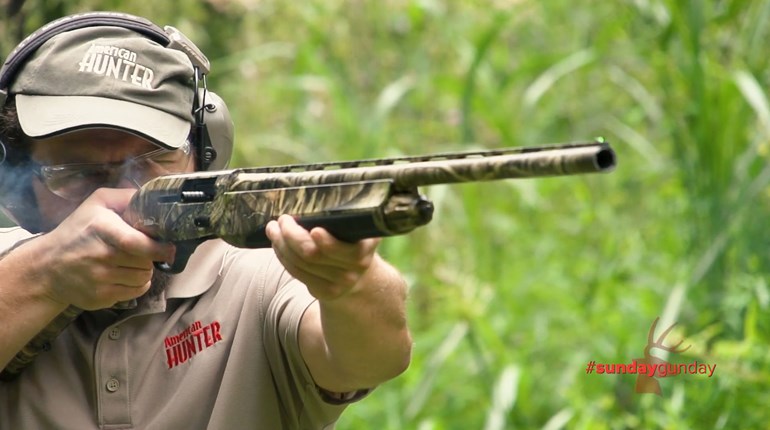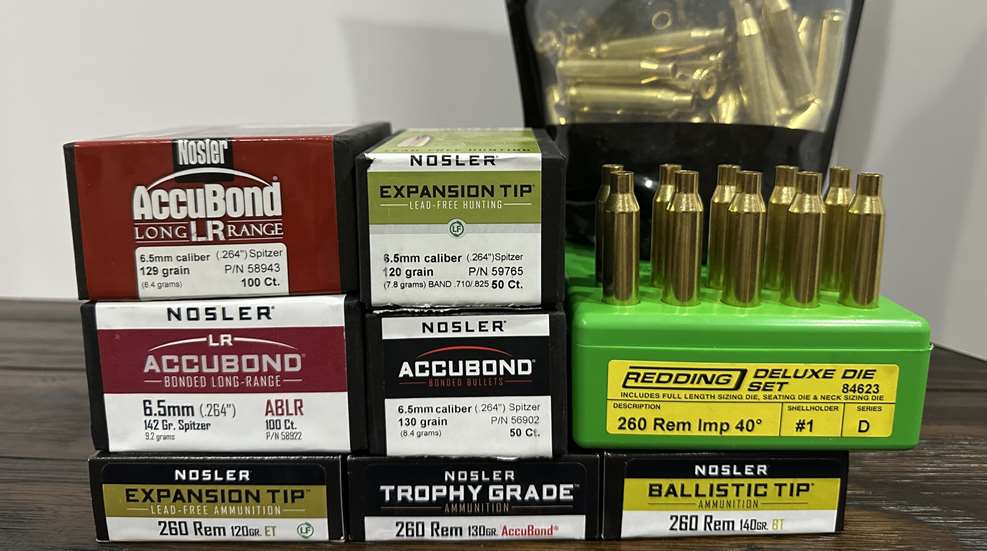
Time and age in relation to lived experience is something I ponder frequently; it’s weird to think that there are people alive today who haven’t experienced certain events. For example, I know many people who weren’t alive to see 9/11, and that is now historic to them, much like WWII is historic to me. The same could be said for cartridges. Many shooters today—even ones older than myself—think of the 6.5 Creedmoor (CM) as the first “modern” .264-caliber cartridge, and often cite the 6.5 Swede as the CM’s distant ancestor. But there is one cartridge that bridges the gap, one that is debatably the 6.5 CM’s equal (or better): the .260 Rem.
Cartridge Comparison
Everyone knows about the 6.5 CM, and I’d be lying if I said it wasn’t a good cartridge. I’ve used it a few times on various hunts, and it did what I expected it to do. However, too many people think this cartridge is the ballistic equivalent of Thor’s hammer, and that’s just not the case, especially when there’s a ballistic equal (we’ll get to that in a bit). Truthfully, the only difference between Remington’s 6.5mm short-action cartridge and Hornady’s is… marketing. For some inexplicable reason, Remington cartridges, by and large, never stuck around.
Remington’s 1997 6.5mm offering ballistically matches the 6.5 CM, but it isn’t a proprietary case. Have common .308 Win. or .243 Win. brass? You can neck it down or up respectively and make .260 Rem. brass in a pinch if you reload, as the .260 Rem. can be made from any derivative of .308 Win. (though some trimming may be involved, depending on which case you choose to neck size).
Ballistic Twins
My wife is an identical twin. She can certainly vouch for the fact there’s some idiosyncrasies to being an exact match. Same goes for the 6.5 CM and the .260 Rem. in that they’re almost identical. Almost. The kicker? The .260 Rem. is a slightly better performer ballistically, even though it came out about a quarter century before the 6.5 CM. There’s a lot of claims made about the 6.5 CM, like its “inherent” accuracy, but some of that is due to the barrel, not the cartridge, as a bad barrel can make any “inherently accurate” cartridge group as though the shooter was wearing a blindfold.
When it comes to velocity, the .260 Rem. outpaces the 6.5 CM, and though it’s not by much, at long distances, that speed edge makes a difference the farther out one shoots. Looking at Nosler reloading data, for example, using a couple of the most popular powders, the .260 Rem. beats the 6.5 CM by 20 to 70 feet per second (fps) depending on data.
The one claimed advantage the 6.5 CM has is its long neck (about a half inch longer than the .260’s neck spec), which gives shooters a bit more flexibility when seating bullets. But as a handloader, I’ve never seen a bullet that shot better due to the 6.5 CM’s neck length or found one that couldn’t be used in the .260, unless it’s excessively long, like some of Berger’s extremely high BC bullets.
Your average hunting or target bullet should work fine in both cartridges, assuming the barrel twist will stabilize it. That’s really the only reason the .260 Rem. faded out; at the time, the 6.5mm/.264 bullets weren’t too popular in America, and by the time that caliber was recognized as being ballistically efficient, the SAMMI spec twist rate for the cartridge wasn’t viable with the long, heavy bullets.
The point is, you can expect velocities and trajectories to match or exceed 6.5 CM ballistics. And now that the 6.5 CM cartridge put 6.5/.264-cal bullets in high demand, components for both bullets and brass are readily available, and if you’re in a pinch, as mentioned, .308 or .243 Win. brass can be used to reload, too. Midway USA even lists 20 various loads for the cartridge from some of the top manufacturers, like Nosler, Hornady, and Barnes.
Scratch the Niche Itch
Usually, this is the part where I suggest if it’s worth getting the cartridge, and in this instance, I can make several good arguments for the cartridge focused on in each article. In this case, with 6.5 CM having such market dominance, I’d say don’t make the switch. Even if you reload, provided you already have a 6.5 CM die set and rifle, I wouldn’t make the jump—especially if you have an accurate gun already (in my book, accuracy trumps velocity).
That said, if you really just want to push the limits of speed, or you flat out don’t have a 6.5/.264 anything, I’d definitely take the .260 Rem. over the 6.5 CM, both for reloading component availability, and because even in its standard form, the .260 can be loaded hotter and faster.







